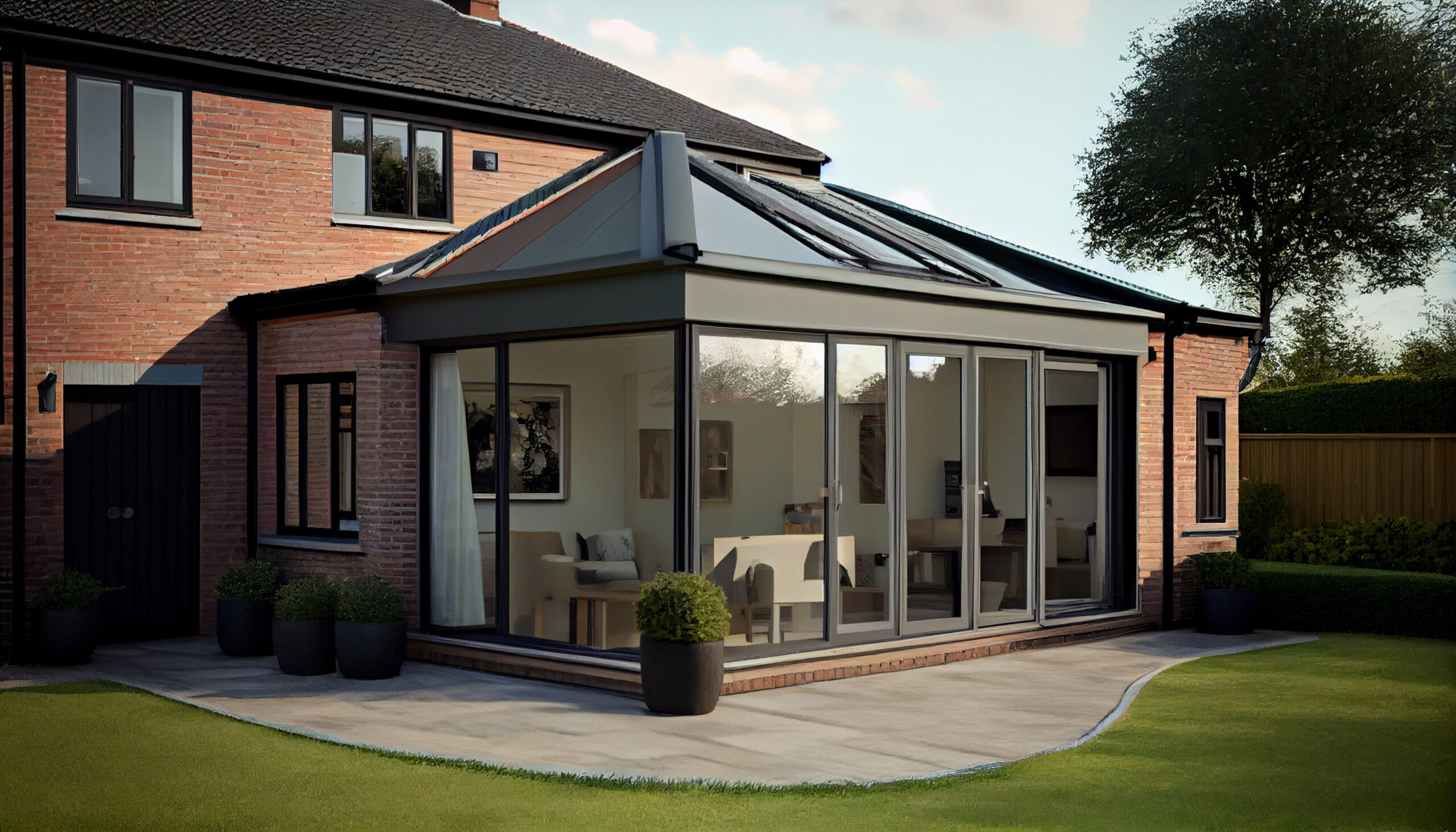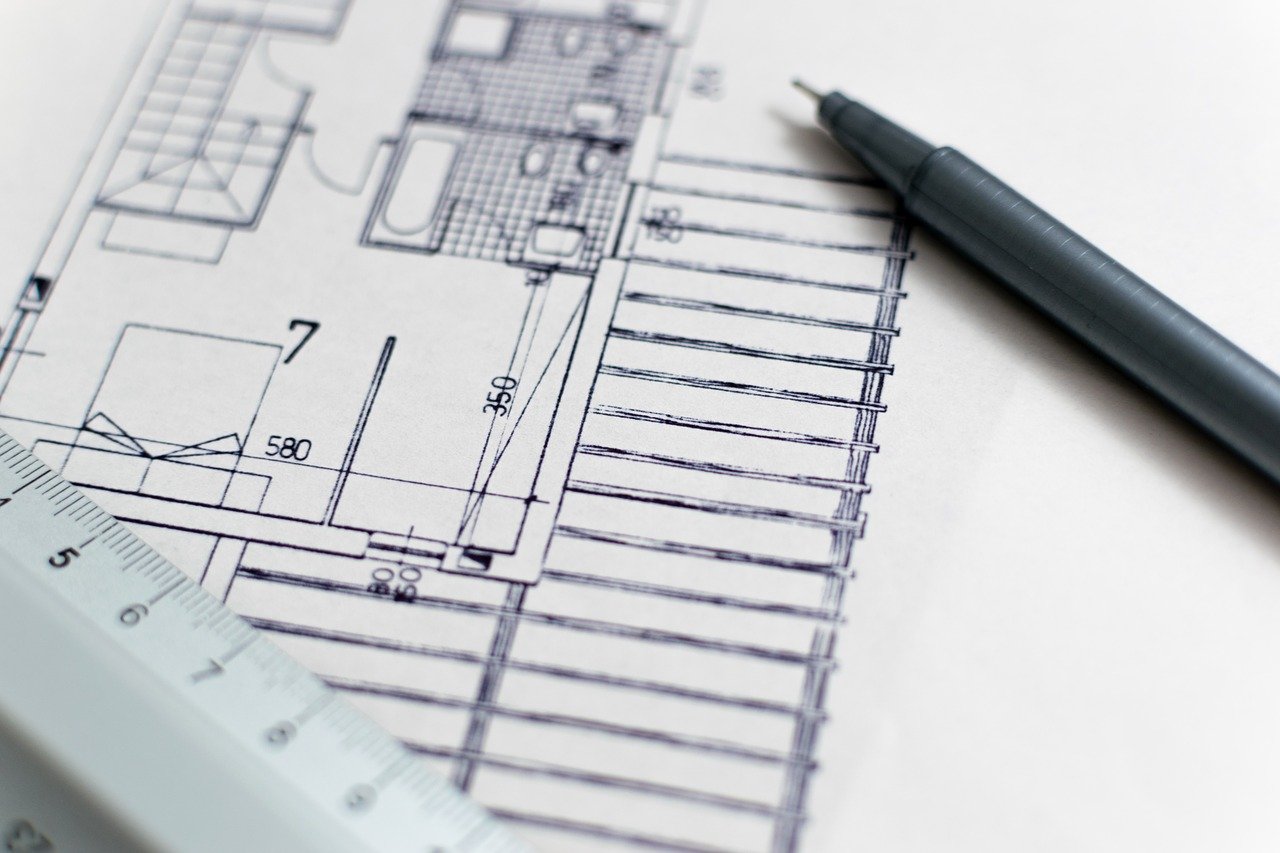Home extensions are a creative and clever way to add more space to your house, give it a more aesthetic feel and increase the value of your property. With proper planning, your home extension can be an affordable, stress-free experience.
Home extensions take various shapes and forms ranging from a conservatory to a simple porch extension to a multi-storey extension for a garage or utility room.
When it comes to extending your home, hire a professional. Don’t be put off by all the horror stories of cowboy builders. There are capable and competent builders who are focused on doing a great job. Do your research and choose a reputable builder who will do a great job.
It is important to confirm if you will need to get planning permissions before work gets underway for your porch. Typically, smaller porches do not require planning permission as long the porch is not heated and is separated from the rest of the house by an internal door.
If however lighting is required within the porch, you must use a registered electrician or have the electrical work inspected by the building control department.
Single storey extension
Single storey extensions are built onto a part of the house and one side of the extension adjoins the house. Typically, there is only the ground floor and occasionally a basement below it.
There are several factors that should be taken into consideration with single storey extensions such as the type of roof that will be used on the extension, the size of the extension, its impact on your neighbors and the positioning of the drainage pipes.
In most cases, planning permissions are not required for single storey extensions but building control permission is required.
Two storey or multi-storey extension
This is similar to a single storey extension with the exception that it has more than one storey. The impact to neighbors is a strong factor to take into consideration and it is prudent to get a letter from the Planning Department to undertake this project.
Over-structure extension
An over-structure extension involves putting an extension on top of an existing structure such as a garage, living room, dining room or kitchen.
Planning permissions and building control permits are required for this type of extension is more complicated and usually does involve digging a new foundation.



